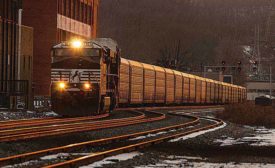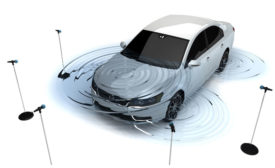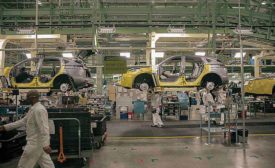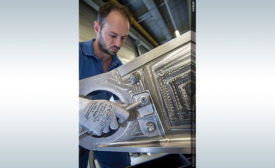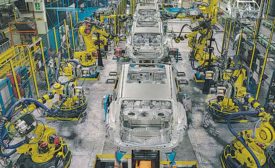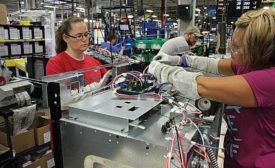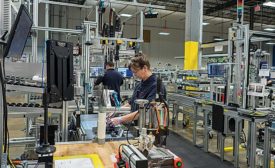Austin Weber
Austin has been senior editor for ASSEMBLY Magazine since September 1999. He has more than 21 years of b-to-b publishing experience and has written about a wide variety of manufacturing and engineering topics. Austin is a graduate of the University of Michigan.
ARTICLES
Flexible assembly lines turn tired workhorses into modern machines
Read More
State of the Profession 2018: Smart Factories Demand Smarter Engineers
Staying ahead of the curve is more important than ever
July 9, 2018
Assembling 3D Printed Parts
Engineers don’t need to rethink traditional joining techniques
July 5, 2018
Lightweighting Is Top Priority for Automotive Industry
Lightweighting is the No. 1 challenge facing automotive engineers today
June 7, 2018
3D Printing Holds Potential for White Goods
Additive manufacturing is slowly catching on in the appliance industry
June 5, 2018
Precise Parts Positioning Can Help Improve Throughput
Flow racks, kitting and pick-to-light systems can help reduce errors
May 10, 2018
Never miss the latest news and trends driving the manufacturing industry
Stay in the know on the latest assembly trends.
JOIN TODAY!Copyright ©2024. All Rights Reserved BNP Media.
Design, CMS, Hosting & Web Development :: ePublishing

